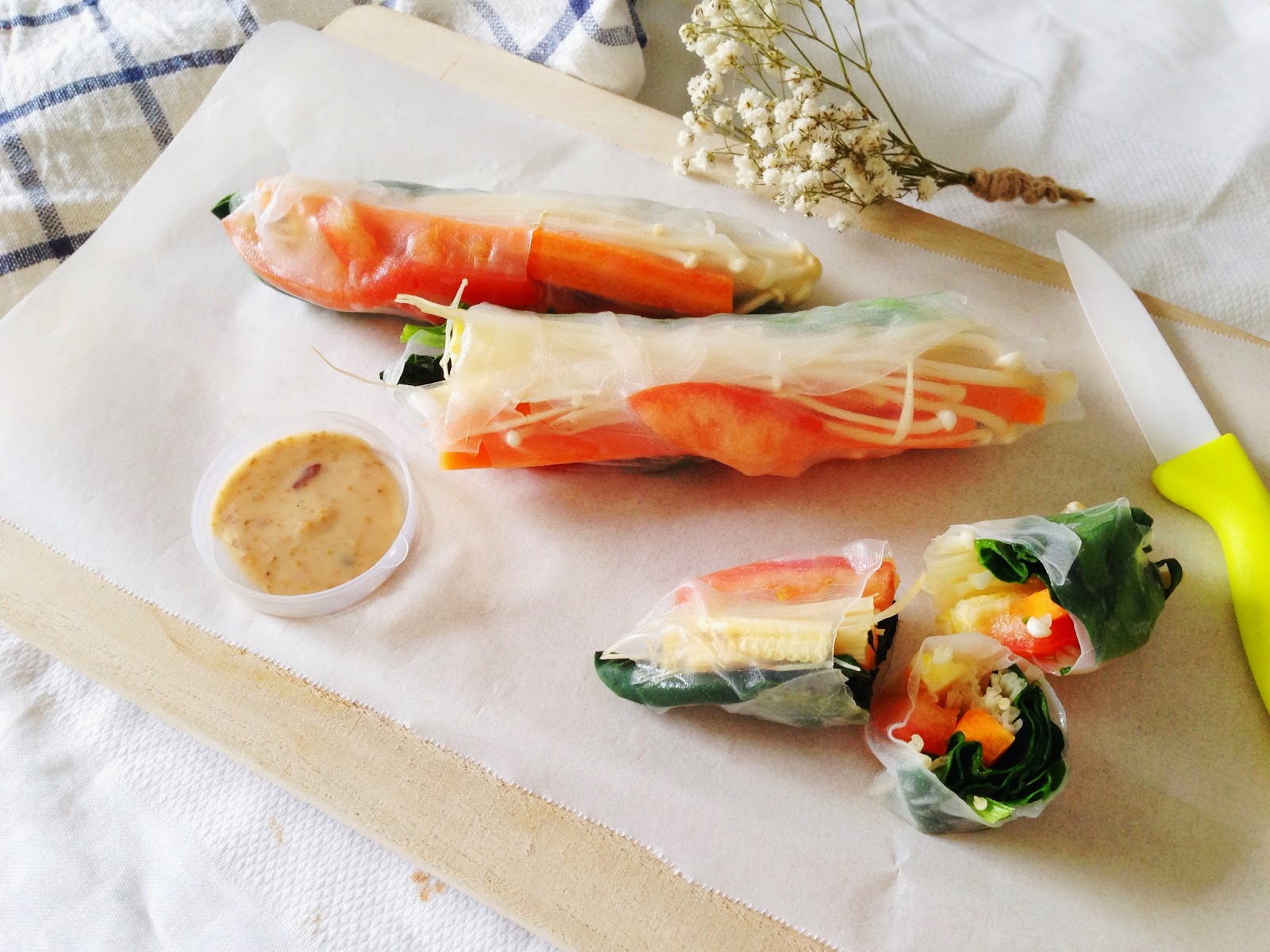Sadly, however, Korean food tends to be heavy on salt, hence, the reason why Kimchi soup is always tasty, or high in carbs with the excess amount of rice they used in just a bowl of Bibimbap that is meant for one serving.
But today, I can assure you that your Korean foodie would thank me because I am going to introduce this food called, Wild "Rice".
So what exactly is Wild Rice?
"Wild rice is a special type of edible grass, which is an excellent low fat, high fiber grain. The rice has a dark chocolate-like color, and gives a nutty, smokey taste due to the outer case it retains after harvesting. It is a good source of carbohydrates which supply energy to the body, and contains protein and dietary fiber."
For real, edible grass? Yes, but does it taste like grass? No. Wild rice resemble rice in terms of the appearance and taste because it is a grain-producing grass. On the other hand, nutrients-wise, Wild rice tops the list because it is low in calorie and high in fiber (it's edible grass, remember?).
I simply love the nutty, gritty texture of Wild rice. Nonetheless, you can always mix it with Brown rice to have a lower in calorie source of carbohydrates, and increase your daily fiber intake.
I got the Bob's Red Mill Wild Rice from Cold Storage for $10.95. I know it's pretty costly, hence, I reckon that you mix it with your brown rice, or consume the single serving (3 tbsp, cooked) of Wild Rice.
Okay, hold your horses, Korean foodie! Here's the healthified-version of Vegan Korean Bibimbap..
Did you know that Sesame oil is hailed highly in Asia context for being a healthy cooking oil? Well, you might find a bottle of it in your kitchen as your mom would have used it in some of her Asian cooking. Sesame oil has the power to unblock arteries, provide cells with essential nourishment, and lower cholesterol. It is also high in linoleic acid which your body cannot produce on its own, making your skin soft and youthful. Please don't start drinking a spoonful of it, girls!
For this recipe, you might question the use of the store-bought Korean hot pepper paste, and Toasted sesame oil. Well, remember, a little goes a long way, hence, I have used these ingredients moderately, instead of completely depriving myself from it.
Recipe
Ingredients
Wild Rice:
(Single serving of cooked Wild Rice: 1/4 cup)
- 1/2 cup uncooked Wild Rice, washed
- 1 1/4 - 1 1/2 cup water
Bibimbap:
- 1 large carrot, shredded
- Enoki mushroom, boiled
- Firm tofu, cut
- 1 cup bean sprouts, boiled
- 1 cup spinach leaves, boiled
- Toasted sesame seeds
- 1/2 tbsp + 1 tsp Toasted sesame oil
- 2 tsp hot water
- 1 tbsp Korean hot pepper paste
Directions
- In a saucepan, pour in the uncooked Wild rice and water. Boil the rice over high heat. Once the water level drops and the rice is visible, turn the heat to low. Cover saucepan and allow the rice to steam for 30 to 45 minutes. Once cooked, the grains split to reveal a purplish-grey interior.
- While rice is cooking, start to prepare the vegetables. In a mixing bowl, mix 1/2 tbsp sesame oil and water. Coat all the boiled vegetables with the sesame oil mixture separately and transfer it to a plate.
- Prepare the hot sauce, by mixing hot pepper paste with 1 tsp sesame oil in a small bowl.
- Once rice is cooked, spoon in no more than 1/4 cup of the Wild Rice and assemble the bibimbap like shown in the above picture.
- Garnish it with toasted sesame seeds.
As usual, I like to keep the carrots raw to get the full nutrients, as well as the firm tofu. If you prefer to have cooked tofu, use a non-stick pan and dry grill the tofu to have a crispy exterior and soft inside.
Wild rice is pretty versatile, you can have it with a quite a handful of dishes. And there you have it, a healthy carbohydrate source to pair up with your Korean dishes. I am pretty sure your taste bud has been tickled and the Korean foodie in you is begging you to make this. Again, I can't emphasize enough on the importance on consuming some food moderately, because a little goes a long way.
As always,
eat clean, stay healthy and annyeong!













